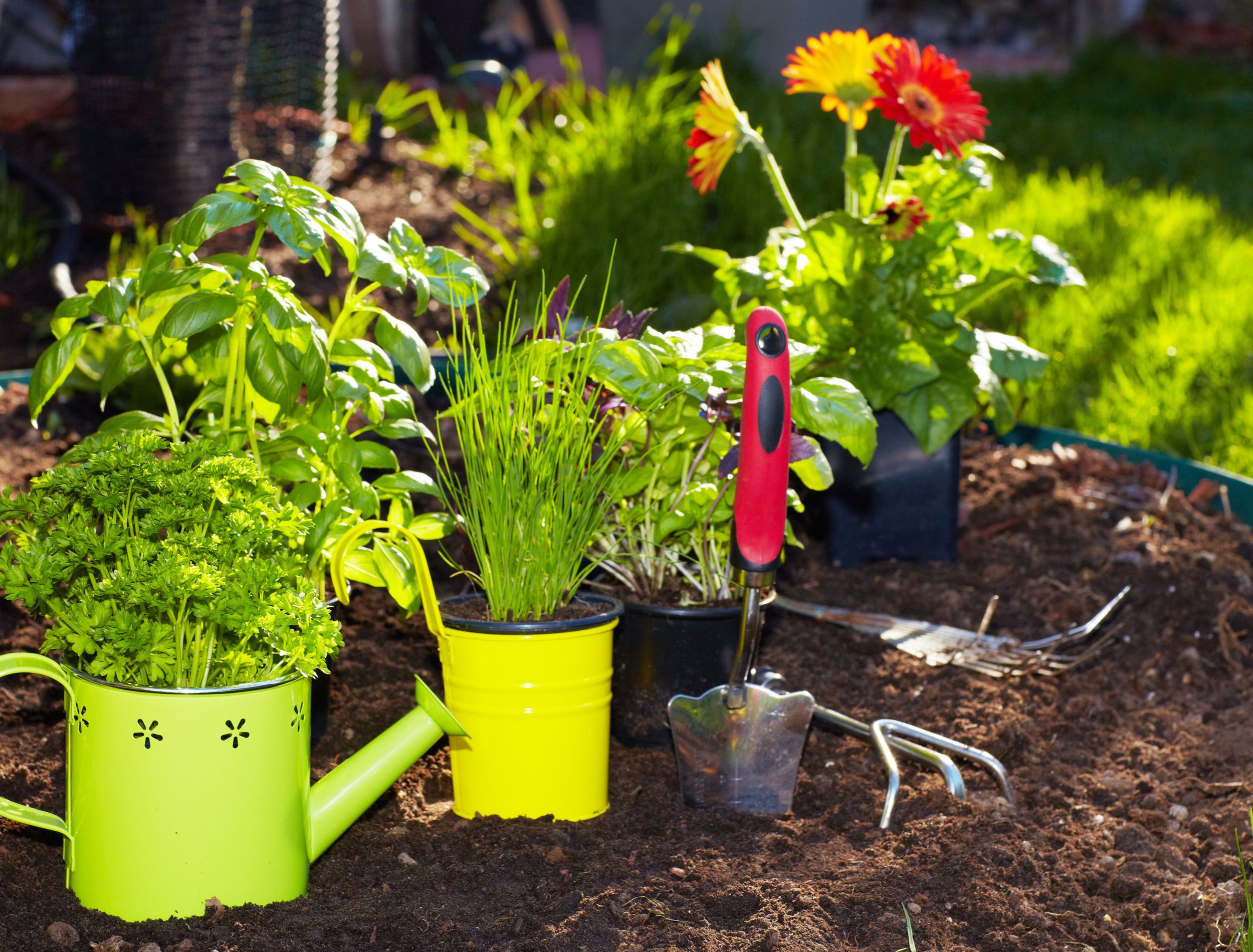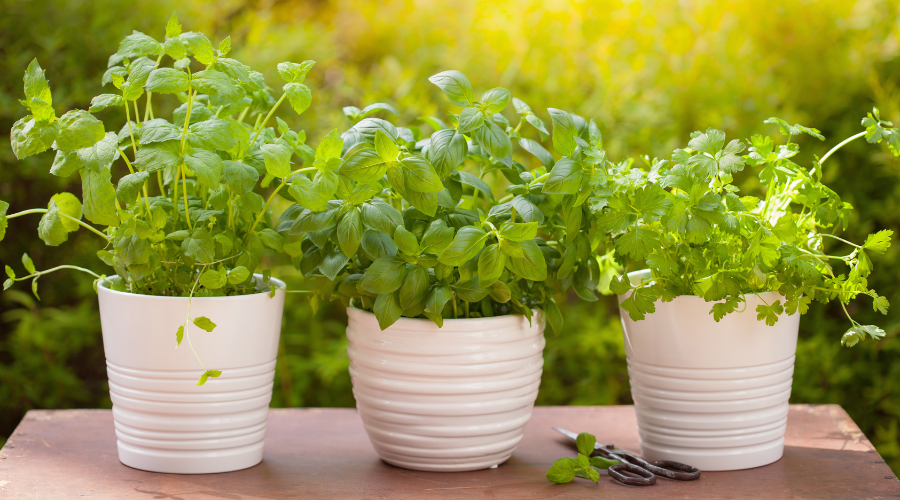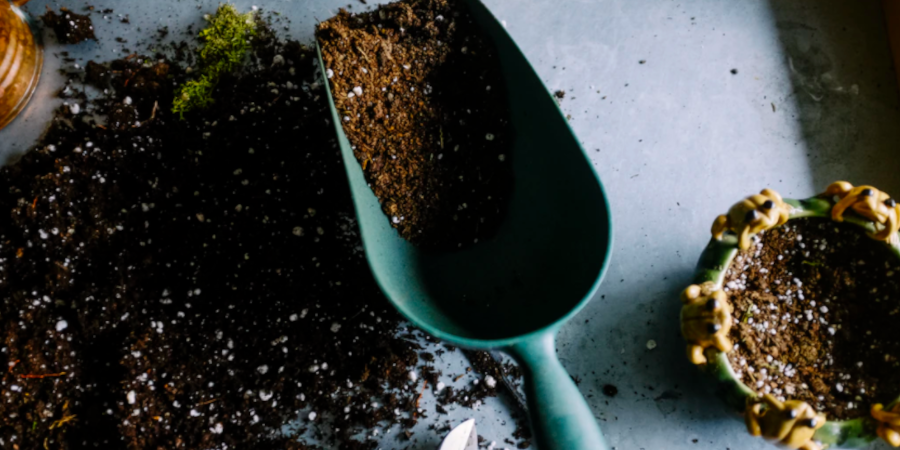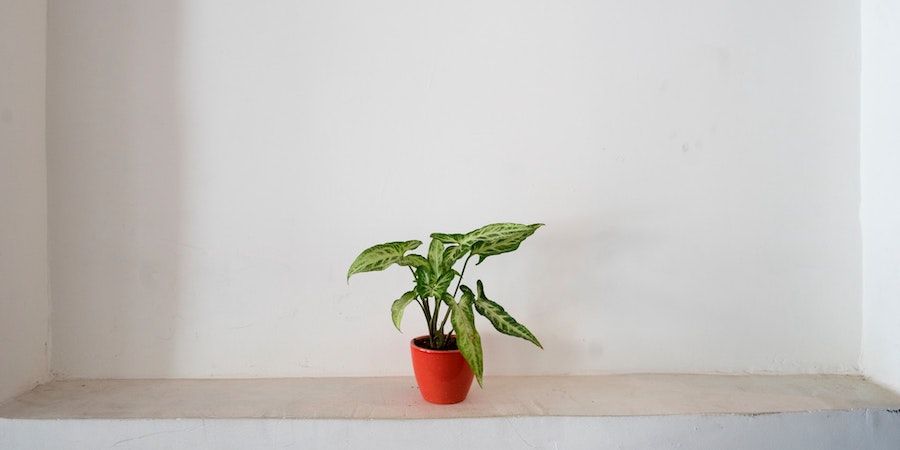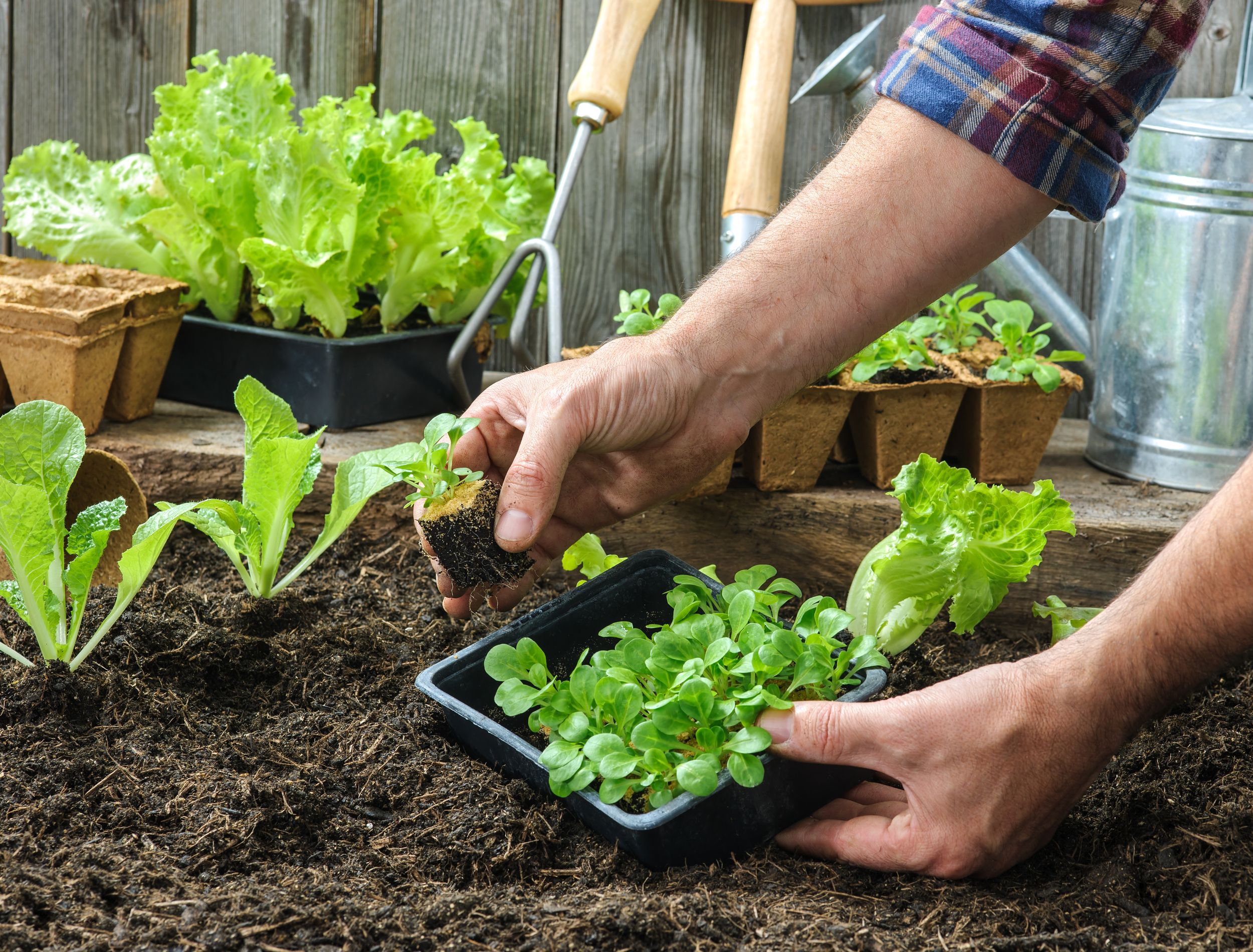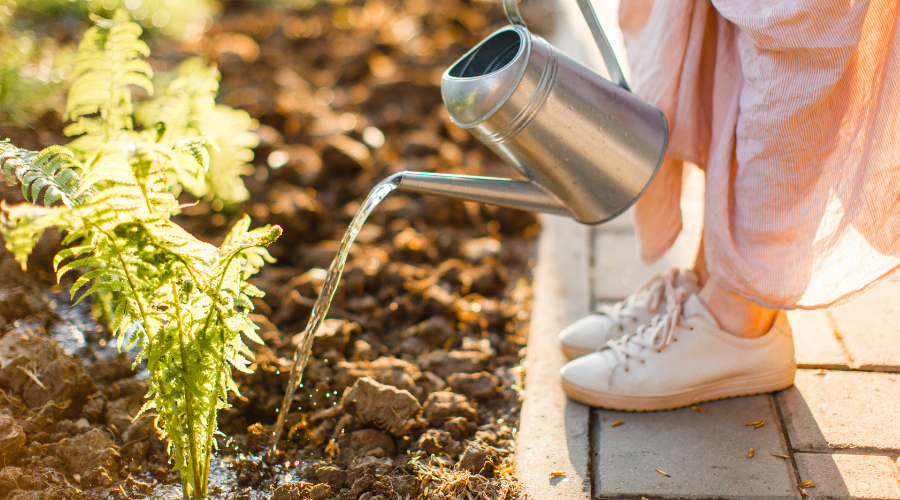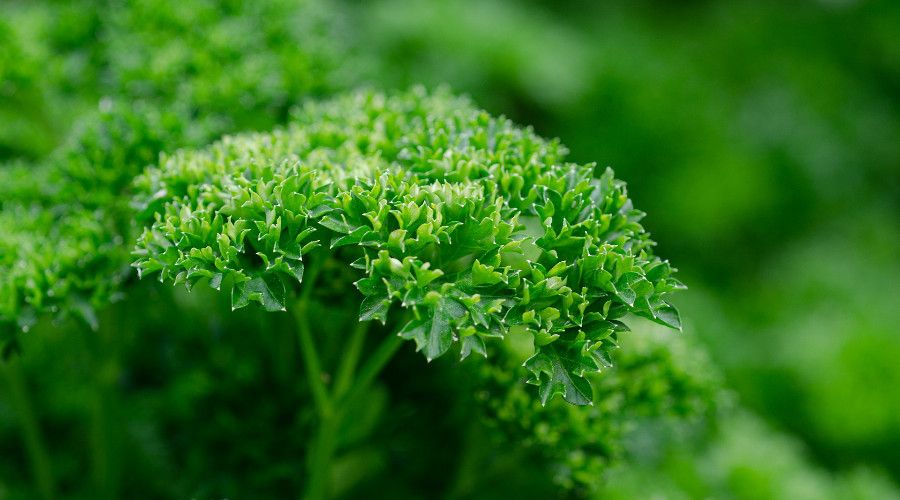Parsley is a common herb that is utilized in numerous dishes. It has a mild, slightly sweet flavor that goes well with other herbs and spices. Whether you're using it fresh or dried, this is a delicious and healthy herb to add to your kitchen garden.
Because this herb is a biennial plant, it takes two years to complete its life cycle. In its first year, it grows into a low rosette of leaves. The following year, it sends up a tall flower stalk that produces small white flowers. Once the flowers bloom, the plant dies.
Growing parsley is not difficult and can even be done by gardening beginners. If you're thinking about growing parsley in your herb garden, here's what you need to know.
Most Popular Parsley – The Curly Leaf
Image credits: romiri via Canva
Curly leaf parsley is also known as Italian parsley. This herb is a great source of vitamins A and C, iron, and magnesium. You can eat it fresh or dried and use it in soups, stews, and salads. Curly leaves can also be used as a decoration on top of dishes.
Additionally, a curly leaf is a good source of antioxidants and has anti-inflammatory properties.
What You’ll Need
- Soil
- Trowel
- Gloves
- Sharp shears
- Fertilizer (optional)
A Step-By-Step Guide On How To Grow Your Own Parsley
Step One- Choosing Your Parsley Plants
Image credits: OlgaMiltsova via Canva
If you want to grow parsley, you need to start with a seedling or young plant. You can purchase these at your local nursery or garden center. Be sure to select a variety that is suitable for your climate.
Step Two- Your Perfect Parsley Soil
Image credits: Neslihan Gunaydin via Unsplash
If you're starting parsley from seed, sow the seeds indoors about eight weeks before the last frost date. Plant the seeds in separate pots packed with potting soil. Keep the soil moist but not wet, and place the pots in a sunny location.
Once you have your seedling or young plant, fill a pot with well-draining soil. Water the soil until it is damp but not soggy. Place the seedling or plant in the pot, and then water it again. Water parsley every few days, making sure that the soil stays moist but not too wet.
Step Three- Finding The Right Spot
Image credits: Parag Phadnis via Unsplash
This herb likes full sun, so place the pot in a sunny spot. If you live in an area with hot summers, you may need to provide some afternoon shade to prevent the leaves from scorching.
Step Four- Transplanting
Image credits: Alexander Raths via shutterstock
Once the seedlings have grown their first true leaves, they can be transplanted outdoors. Space the plants 12 inches apart in a bed that has been amended with compost.
Step Five- Watering
Image credit: Natalia Sotikova via Canva
Water the plants regularly, especially during dry periods. Parsley is drought-tolerant but will produce more foliage if it's kept evenly moist.
Maintaining Your Parsley
Step One- Caring For Your Parsley
Image credits: JuFagundes via Canva
When your plants begin to bolt (send up a flower stalk), they will start to taste bitter. To prevent this, cut off the flower stalks as soon as they appear.
As your parsley grows, you will need to thin it out. This means removing some of the plants so that there is room for the others to grow. When thinning, be sure to leave at least 2 inches (5 cm) between each plant.
Step Two- Fertilizing
Image credits: Arthon meekodong via Canva
Parsley doesn't require much fertilizer, but you can feed it once or twice during the growing season with a balanced organic fertilizer.
Step Three- Harvesting
Image credits: Katharina N via Pixabay
Once your plant is established, you can begin harvesting the leaves. You can harvest parsley anytime during its second year. Cut the leaves off at the stem, and then use them fresh or dried in your cooking.
You can also freeze this herb for later use. To do this, chop the leaves and place them in a freezer bag. Squeeze out as much air as possible before closing the bag.
Alternatively, you can dry parsley for longevity. To dry parsley, tie the stems together and hang them upside down in a cool, dark place. The leaves will fall off the stem as they dry up. Keep the dried leaves in a sealed container.
In Summary
We hope this guide on how to grow parsley has been helpful. Parsley is a great herb to grow, even if you’re a gardening beginner. With just a little bit of information, you can be on your way to growing healthy plants that will add flavor and nutrition to your meals all year long.
Do you have any tips or tricks for growing this delicious herb? Let us know in the comments below!

